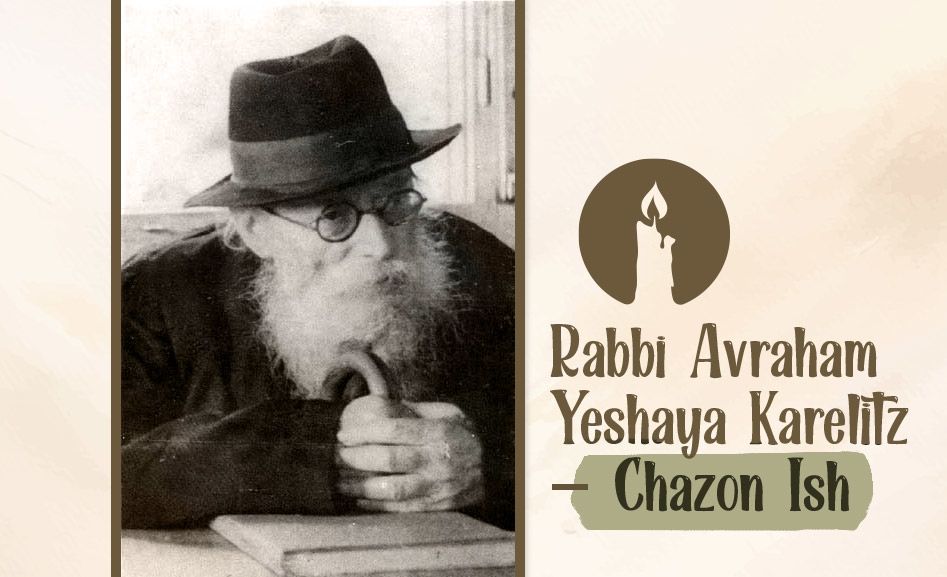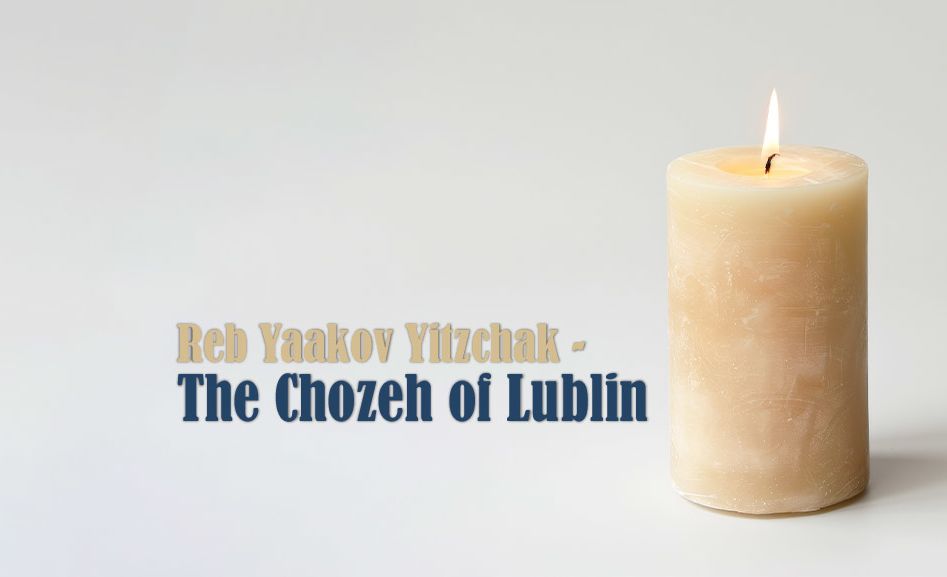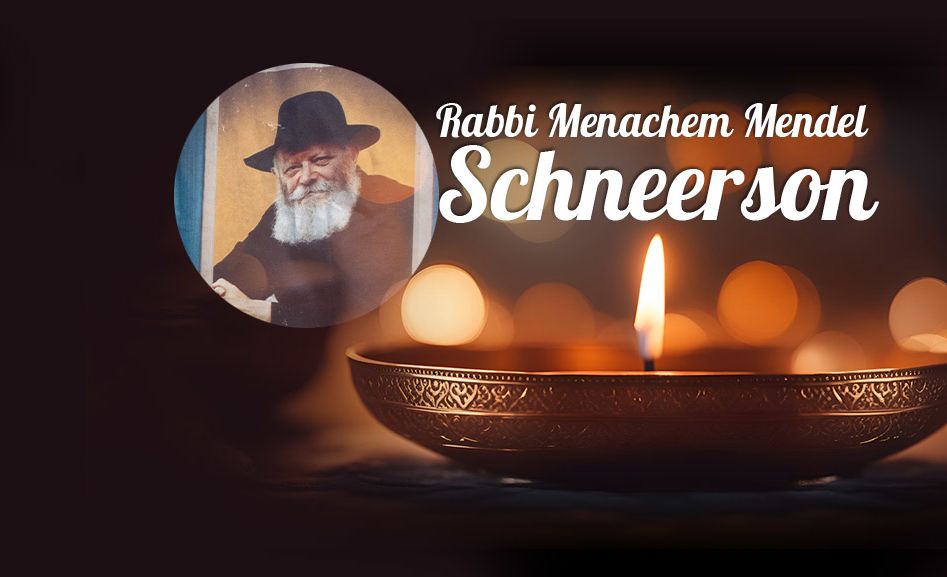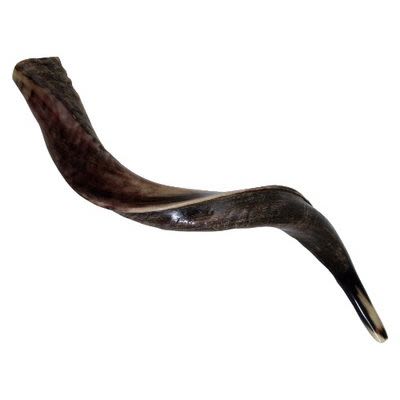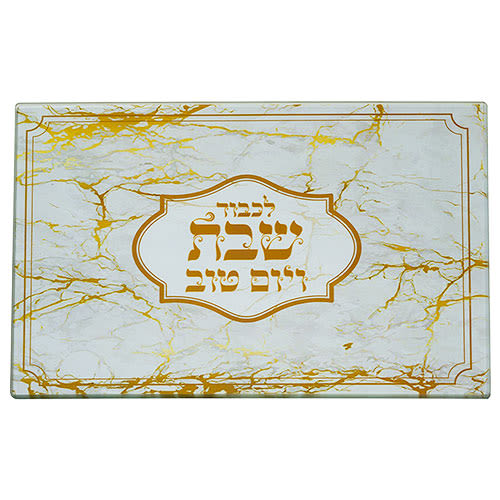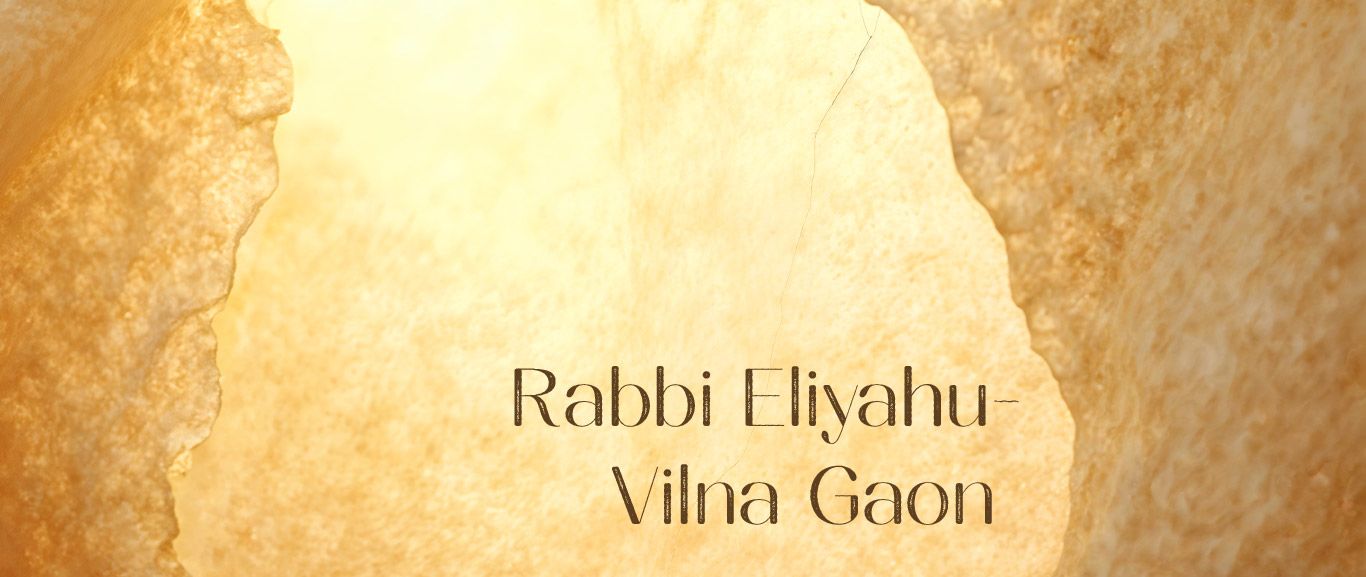
Rabbi Eliyahu – Vilna Gaon, HaGra
Date of Passing: 19-Tishrei. Rabbi Eliyahu, known as HaGra, was the foremost scholar of Lithuanian Jewry in the 18th century, and has become the spiritual...

Popularly referred to as the Vilna Gaon, the Gra (initials of Gaon Rabbi Eliyahu), or simply as the Gaon. Considered to be the greatest Torah scholar of the past two centuries.
Even as a child Eliyahu of Vilna amazed the congregation when, at the age of 7, he delivered a learned discourse in the Great Synagogue in Vilna. By 10 years of age he had surpassed all his teachers, and, studying by himself with total concentration, he acquired knowledge of the vastness of Torah in both its revealed and mystical aspects. Every minute of his life was devoted to Torah study. He never slept more than two hours in a 24-hour period; he never accepted any rabbinic post or leadership of a yeshivah. He taught few disciples, selected from the foremost Torah scholars of his time. He also mastered astronomy, mathematics, and music.
Known for his fierce opposition to Chassidut, which was initiated in 1736 by the Baal Shem Tov, he and his followers in this anti-Chassidic Movement were known as “Mitnagdim,” or opponents. Their opposition was based on the beliefs, vigorously denied by Chassidic leaders, that Chassidut took liberties with the Oral Law, that it substituted emotion for intellect in the study of Torah, that its form of prayer departed too far from the traditional form of prayer, etc.
The Vilna Gaon cleared a new path to Talmud study, focusing on gaining a clear understanding through keen analysis of the principals and approaches of the early authorities. His methodology stood in sharp contrast to the pilpul system of the Polish yeshivahs, an intricate system of creating a complex framework with which a series of questions would be answered. He toiled hard on emending the the Talmudic and Midrashic texts. Subsequent discoveries of ancient manuscripts confirmed the soundness of his corrections, which appear in the Vilna edition of the Talmud (Haga’ot Hagra).
His works which were recorded and published by his disciples, include Aderet Eliyahu, a commentary on the Torah; a commentary on Ecclesiastes; Shenot Eliyahu, a commentary on the Mishna, Order of Zeraim; Biur Hagra, a commentary on Shulchan Aruch; a commentary on Sefer Yetzirah, a kabbalistic work; and many other works.
His commentary on the Torah is filled with interesting allusions that show the oneness of the Written Torah and the Oral Law, demonstrating their common source in Divine revelation.
The Vilna Gaon was revered in Vilna and throughout the world for his phenomenal knowledge and saintly character. One of his most outstanding disciples was Rabbi Chaim of Volozhin, the founder of the yeshivah of Volozhin. Following the Gaon’s approach to learning, this institution spread Torah for more than a 100 years. Today most yeshivas follow the study pattern of Volozhin, keeping alive the approach to Torah pioneered by the great Vilna Gaon.
May the merit of the tzaddik Rabbi Eliyahu of Vilna protect us all, Amen.
***


